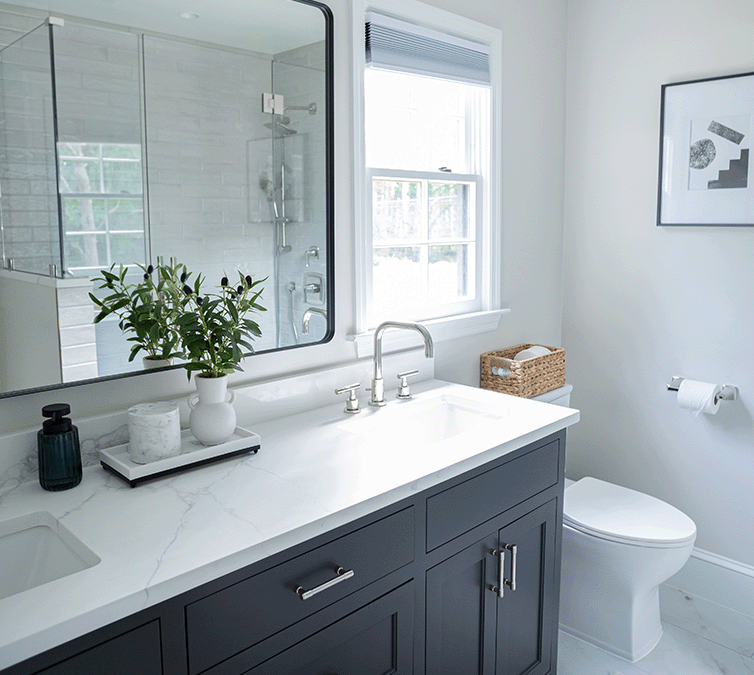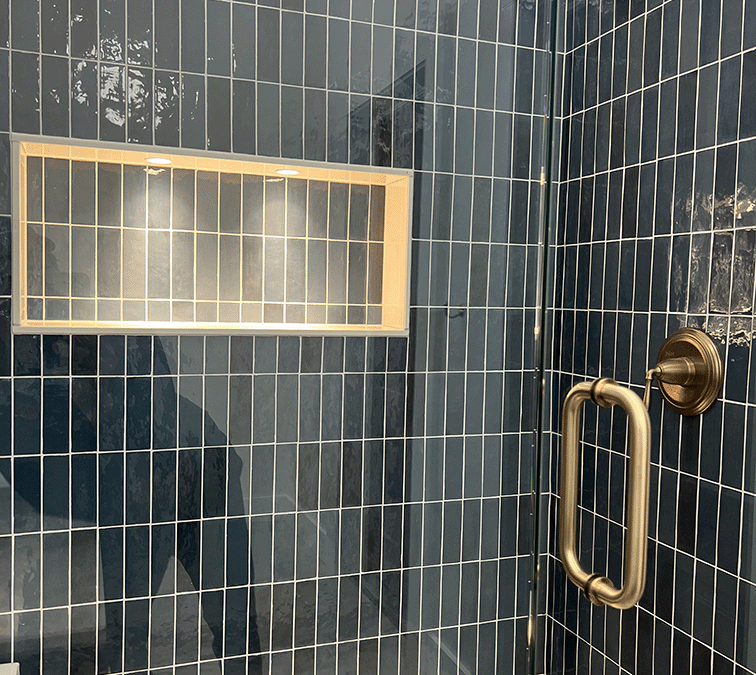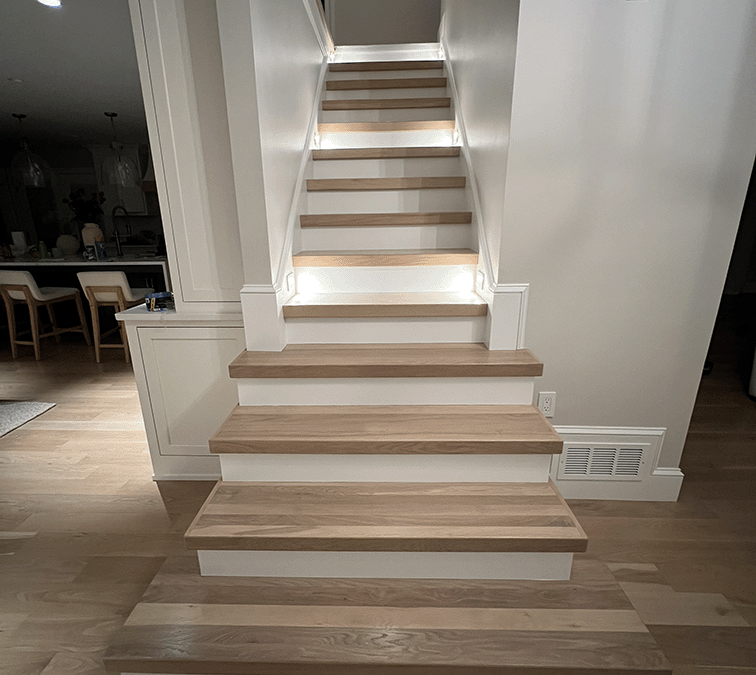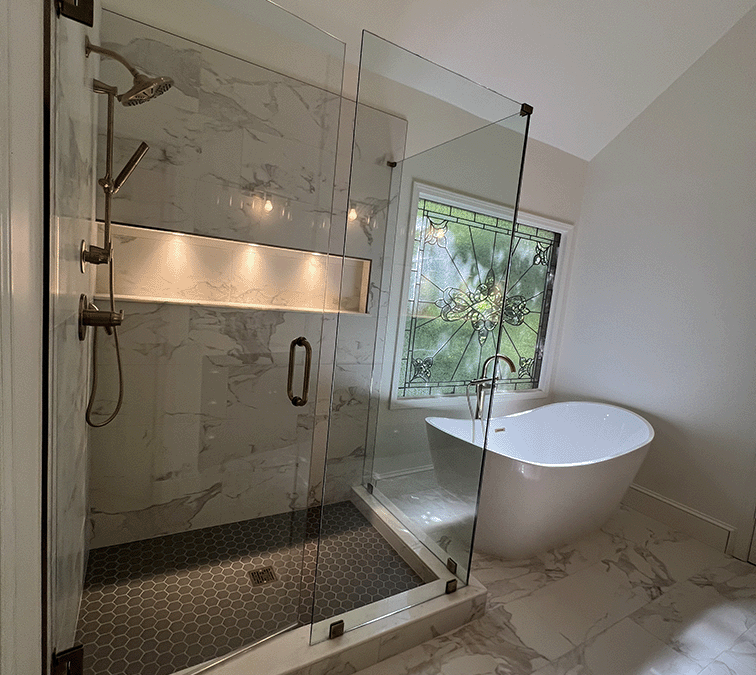With the change of seasons and the elements putting a strain on your home, it’s time to weatherproof it for wind, rain, and heat. For the new and not-so-new owner, this can go a long way toward keeping energy efficiency and comfort consistent and maximizing the lifespan of your house.
In this comprehensive guide, we’ll explore a range of solutions that can help your home better weather any storm.
Insulate and ventilate properly
Install reflective insulation in key areas of your home
Poor insulation can cause heat transfer and result in significant heat loss through your home’s walls, basement, attic, and crawl spaces. Proper insulation can protect your home from unwanted temperatures and can cut your heating and cooling costs by up to 20 percent. You can line different parts of the home with reflective insulation, which is pretty efficient in keeping cold air from seeping in.
Insulate windows and doors
These are culprits for heat infiltration during summer and cold infiltration during winter. Reinforce these key areas by covering your windows with insulated drapes and caulking or weather stripping window frames to fix leaks. This simple upgrade can help keep your home cool during summer and warm during the colder months.
Insulating drapes are thicker and denser, which, besides allowing cold drafts into a room, blocks them to make a room warm. In such a case, replacing curtains with insulating drapes will greatly improve the warmth in your house, consequently increasing comfort.
Weatherstripping is basically the process of applying insulation materials directly to windows, doors, and other openings. This sort of insulation prevents outdoor elements and unwanted air-both hot and cold-from entering the home. The Department of Energy has a detailed discussion on a number of weatherstripping, variant types.
Install foam outlets and switch sealers on your home’s exterior walls
Light switches and outlets on your home’s walls are often overlooked, but they’re notorious for allowing air leakage. Consider installing foam outlets and switch sealers on your home’s exterior walls. These sealers are placed between the outlet or switch and its cover plate to prevent warm air from escaping.
Improve ventilation for moisture control
To weatherproof your home effectively, you will need to control moisture all year long. Rain, snow, and hail can add moisture to your home, both inside and out. Too much interior moisture promotes mold and mildew growth and negatively affects your home’s air quality. Here are some devices to consider for improving airflow:
- Exhaust fans: Place fans in areas that are prone to moisture such as bathrooms and kitchens, will help to reduce humidity
- Dehumidifiers: Placing a dehumidifier in damp areas throughout the home such as basements and attics, will extract excess moisture from the air.
- Natural ventilation: Opening of windows and doors whenever possible, it improves air movement and removes stale, moisture-laden air.
Strengthen your home’s exterior
Upgrade the roof
A very important step in safeguarding your home from severe weather is to make your roof more resilient. Watch for curled or buckled shingles, leaks, or other telltale signs that your roof is in trouble. You’ll want to resolve these issues before rainy or snowy seasons, if you don’t want to deal with much larger damage. Consider installing hail-resistant shingles; they offer superior protection against the elements.
Install and maintain gutters and downspouts
These might become easy to overlook, especially if your area doesn’t get weather that is generally considered extreme. In turn, a clogged gutter and downspout let water accumulation bring damage to both the gutter system and roof of your home. Keep your gutters around the roof cleared regularly to keep the foundation of your home well maintained.
Protect your home against extreme weather
Flood-proof your home
Flood barriers are essential if you live in flood-prone areas. They block water during heavy rainfall or flooding, minimizing the risk of water damage and reducing safety hazards.
It’s also important to protect your electrical systems from water damage. Elevating electrical panels and appliances is enough to preserve them and ensure they function when needed. It also reduces the risks of short circuits and fires during extreme weather conditions.
Hurricane-proof your home
If your home is located in a hurricane-prone area, you’ll want to do your best to hurricane-proof your home. Start by strengthening your home’s windows, gutters, and roof. Consider reinforcing doors and windows with impact-resistant materials, storm windows, or hurricane shutters. Seal any openings on your home’s exterior walls with waterproof material, and make sure your gutters are free of clogs. The roof should also be in good condition and capable of withstanding strong winds.
Earthquake-proof your home
If your house is in a state prone to earthquakes, then you will want to earthquake-proof your home. You will want to look at your home’s foundation and securing large items before an earthquake can strike. Start by retrofitting the foundation, and strap down chimneys or masonry with durable straps. Earthquakes have even less warning than hurricanes do, so you will want to have a plan ready when an earthquake strikes your area.
Winter-proof your home
The winter may not be a seismic event, but it is the toughest of the four seasons on a property. Your home’s windows are particularly susceptible in the winter because warm air can leak through cracks in the window frame or through inefficient window glass. One way to effectively winterize your home would be to install honeycomb cellular shades onto your home’s windows.
Cellular shades are specially designed to offer the best insulation and thus enhance energy efficiency. The honeycomb-shaped structure of these shades traps air, creating a thermal barrier that minimizes heat loss or gain. By installing them, indoor temperatures are regulated, conserving more of your home’s energy. They cost between $25 and $250 per window.
To winterize your home, seal all the doors, windows, and other openings. Putting door draft stoppers under your home’s exterior doors does much in maintaining the heat within your home. The door sweep works just like weatherstripping to keep the cold winter air outside and the warm air provided by your HVAC system inside.
Make the home more energy-efficient
Weatherproofing also entails making your home more energy-efficient whenever possible. Energy-efficient homes come with a number of benefits such as lower utility bills, less strain on various home systems, and a better ROI when the time to sell comes. Here are a few things you can do to make your home more energy efficient:
- Weatherproof your HVAC system: Weatherproofing of the HVAC systems will also play an important role in weatherproofing your home. Energy-efficient systems use advanced technology-variable-speed motors and geothermal heat pumps-to adapt to changing weather and optimize energy consumption.
- Install smart thermostats: Another way to try and reduce energy loss in your home is by installing a smart thermostat. Upgrading your thermostat to a programmable one lets you use heat or cool air when needed only. The regulated temperature control may help in maintaining a comfortable environment at home throughout the year. Smart thermostats cost in the range of $175 to $1,000.
- Replace older appliances: Stop and think about how many machines your home uses on a daily basis. Refrigerators, stoves, dishwashers, washers, dryers, and even microwaves use up much energy daily. Thus, with the replacement of the older appliances with energy-efficient ones, it would save more energy without the generation of unnecessary heat.
Closing remarks
Weatherproofing a home can be an overwhelming task, but with a little attention, you can protect your biggest asset accordingly. If you find any weak or damaged areas in your property, it is better to address them as soon as possible. Otherwise, delaying the repairs needed may result in more costly renovations later on.
Whether upgrading with financing or dealing with urgent maintenance without accumulating more debt, consider tapping into your home’s equity. Point empowers homeowners to unlock their equity for cash in exchange for a share of their home’s future appreciation. There are no monthly payments, and you’re free to use the cash however you’d like. Learn more at Point.








0 Comments